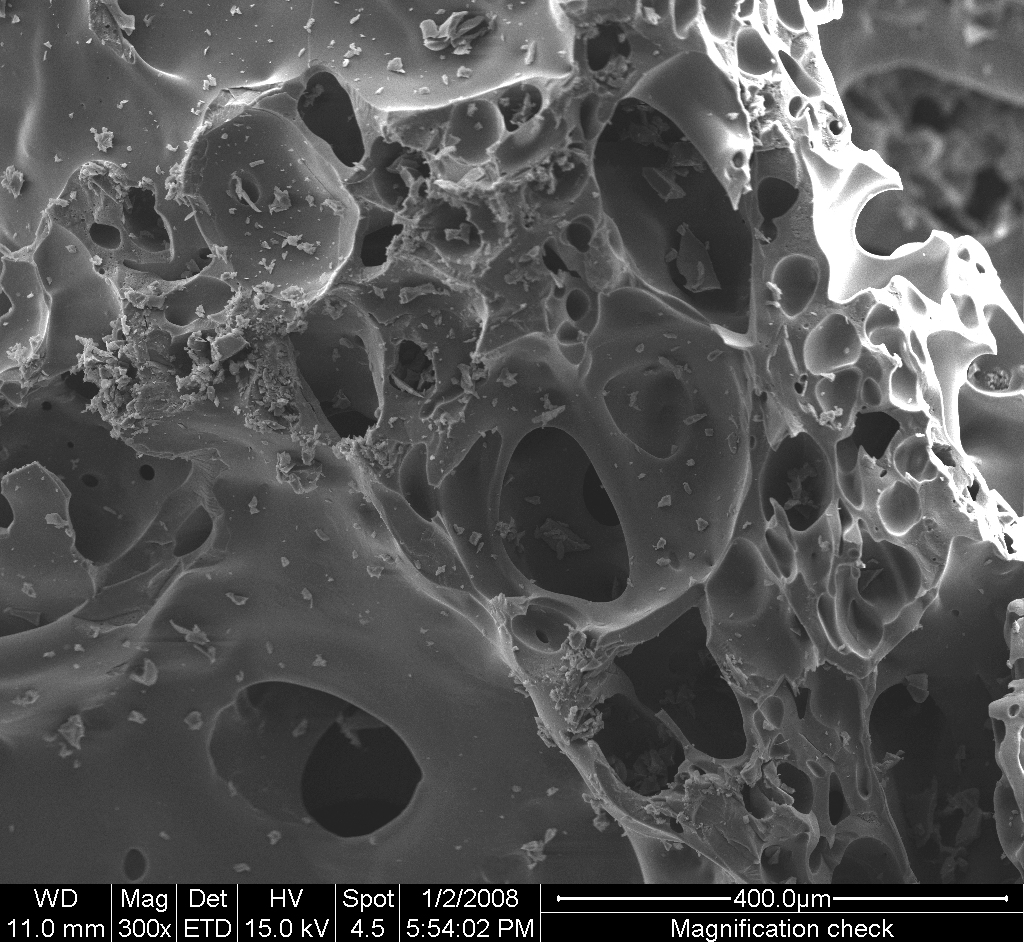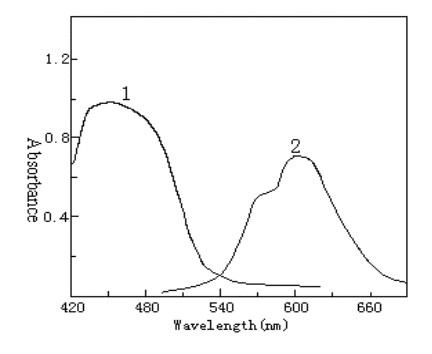Abstract about interesting chemistry news articles for adsorptive stripping method for the determination of resorcinol on multi-walled carbon nanotube modified glassy carbon electrode (MWNT-GCE) was developed. Cyclic voltammetry was used in the study of the electrochemical behavior of resorcinol on MWNT-GCE. The sharp peak of resorcinol appeared at 0.6 V (vs. Ag/AgCl) with the differential pulse voltammetry (DPV). The experimental parameters were optimized. Anodic peak currents were linear over the resorcinol concentrations in the range of 5.5×10-5-3.3×10-3 g L-1 with a detection limit of 1.1×10-5 g L-1 and relative standard deviations of 3.30-6.94% for 7 determinations. The interference of organic and inorganic species on the voltammetric response was also tested. The proposed method was applied to the determination of resorcinol in tap water and simulative wastewater samples with an average recovery of 95.2-104.8%.
Keywords Determination; Carbon nanotube; Modified glassy carbon electrode; Differential pulse …
Determination of resorcinol on glassy carbon electrode modified by carbon nanotube and its application in wastewater analysis









